Staying active at all ages is one of the best ways to promote your overall health. A well-rounded exercise program should include aerobic exercise, strength-building, balance and flexibility activities. One of the most important, but least understood, activities is stretching. Stretching is key for optimum joint and muscle function – especially in the knee – and yoga is one of the best ways to stretch. Here’s why.
A quick anatomy review
The skeleton provides a framework to protect internal organs and allow movement. As with any mobile framework, however, the connecting structures are just as important. In the case of the human body, these connecting structures are the muscles, ligaments and tendons. Ligaments attach directly to bone, while muscles are attached to bone by tendons.
This attachment allows a muscle contraction to shorten or increase the angle of a joint allowing us to walk, run, jump, throw a ball, knit or peel a carrot. Muscles operate in pairs – one to shorten and one to extend. If either muscle in the pair is weak or tight, the joint doesn’t function properly, leading to pain, stiffness and even deformity over time.
The knee joint
Your knee is basically a hinge, which can bend and straighten, although it can rotate slightly as well. It joins the large bone in your thigh (femur) to the shin bone (tibia) and kneecap (patella). Muscles, ligaments and tendons in the calf and thigh provide the support and mobility your knee needs. As one of the largest weight-bearing joints in the body, your knee is subject to considerable stress every day. I see patients with knee pain quite frequently. They may also have symptoms such as swelling, stiffness, redness or heat in the knee, popping or crunching noises with movement and an inability to fully straighten the knee. Knee pain can be the result of an injury, such as a fracture or ligament tear, an inflammatory process like bursitis or tendinitis, overuse, arthritis or a dislocated kneecap.
Knee pain risk factors
As noted above, your knees get a workout every day. Women are more susceptible to knee joint injuries for two reasons. First, they tend to be a little more flexible than men. This flexibility, however, may be achieved at the expense of joint stability. Estrogen may also play a role, as it affects joint flexibility. A woman’s wider pelvis also puts more stress on the knee joints.
Accumulated trauma in both men and women can take a toll, leading to degenerative arthritis from wear and tear. Injuries such as fractures, dislocations, sprains and strains increase the risk of further injury and can result in residual pain. Being overweight increases the stress on the knee joint and can lead to cartilage breakdown, which allows bone-on-bone friction and can literally grind the bone away. One of the more common reasons for knee pain, however, is a lack of flexibility.
Why flexibility matters
In order to bend or straighten the knee, you must have muscles that are strong enough to perform that motion. However, if the muscles or other supporting structures (tendons and ligaments) are tight, they are too short to allow full movement. Think of them as rubber bands – a short rubber band cannot be stretched as easily or as far as one that is longer. Moreover, when you stretch a tight muscle or ligament, it may go into spasm or even tear if stretched too far. Tight, weak muscles give your knee less support and increase the risk of injury because they don’t absorb stress on the joint. In order to prevent or combat knee problems, you need a regular stretching program as well as muscle strengthening exercises. Yoga does both of these.
Yoga and flexibility
There are two kinds of stretching exercises – static and dynamic. Static stretching is taking a position in which the targeted muscles are fully stretched and held for a certain period of time, usually 20 to 60 seconds. Dynamic stretching is stretching muscles while moving. The disadvantage of static stretching is that it actually makes the muscle slightly weaker for a period of about 30 minutes. Dynamic stretching, however, increases blood supply, which warms the muscles and allows them to stretch more fully, and to use oxygen and stored fuel more effectively.
Yoga is a form of dynamic stretching in which the practitioner moves gradually from one pose to another. Yoga also takes a muscle through the full range of motion. Unlike other forms of dynamic stretching, in which speed gradually increases during the exercise, yoga is performed slowly, which makes it ideal for those who are new to a fitness program or who have knee pain. Yoga also helps promote better posture, which can reduce or relieve gait changes that result from knee pain. Finally, when practiced correctly, yoga helps the practitioner balance, steady and ease mind, body and breath, which promotes muscle relaxation and relieves stress.
Yoga and knee pain
The quadriceps muscles in the thigh are often the source of knee problems. Strengthening them can be helpful to those suffering from knee pain. Warrior poses are often useful. In these poses, the front leg is bent, while the back leg is straight. In a well-aligned warrior pose, the knee is positioned vertically over the heel – this is an excellent pose for strengthening the vastus lateralis, the largest and most powerful of the quads. Trikonasana is a straight-legged pose that can also strengthen the vastus lateralis. Other good knee poses include the bridge, half moon, extended side angle and extended triangle, mountain, lion, and heron poses.
We live in a beautiful desert area with many opportunities for recreation. It’s important to stay active, which means helping to keep your knees in good shape. Yoga is one way to help your knees stay healthy and adds another dimension to your exercise routine. So find a qualified instructor and get started.
Dr. Sydney Pardino is an orthopedic physician with a private practice in Palm Desert. He can be reached at (760) 340.6784 or visit www.cuttingedgeortho.net
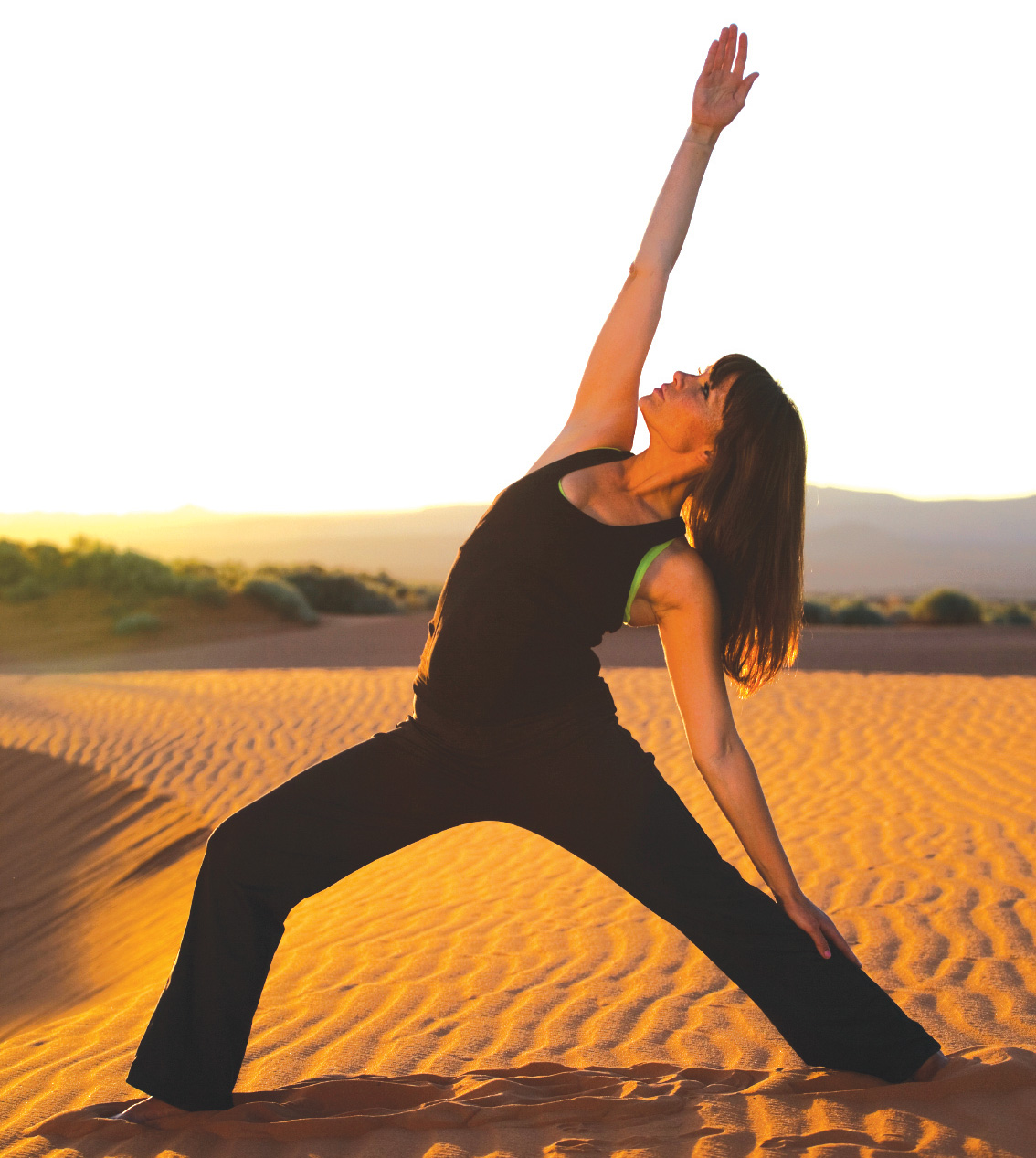









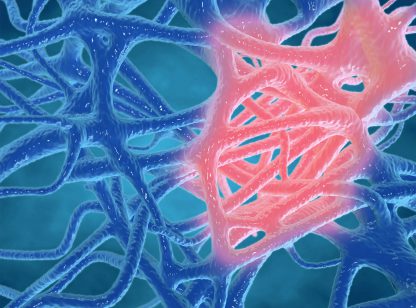
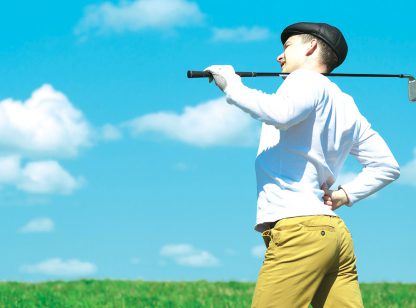
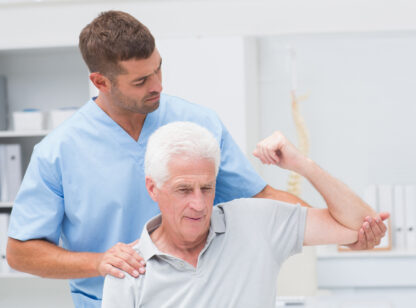
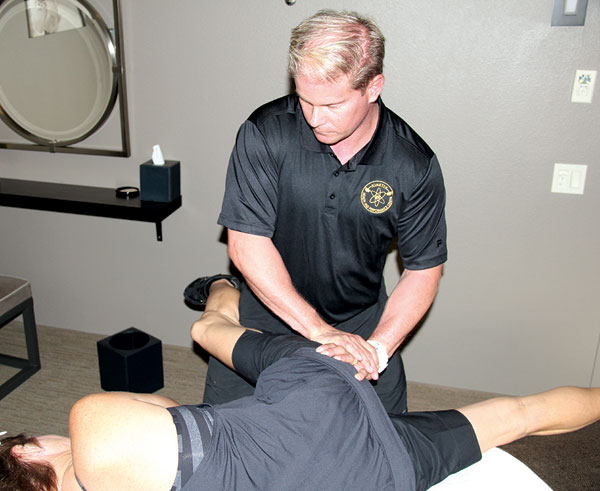



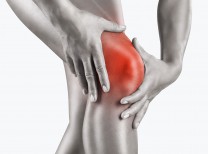
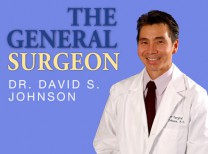


























Comments (0)